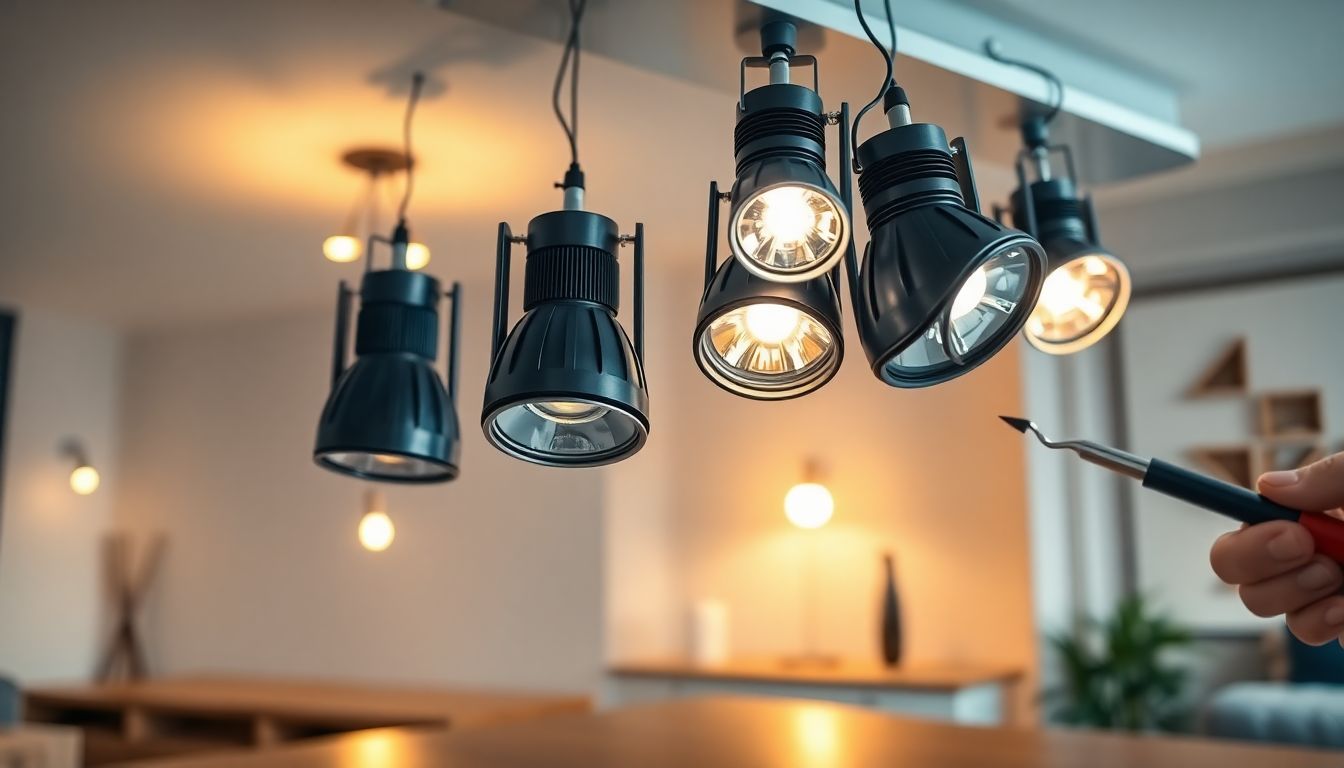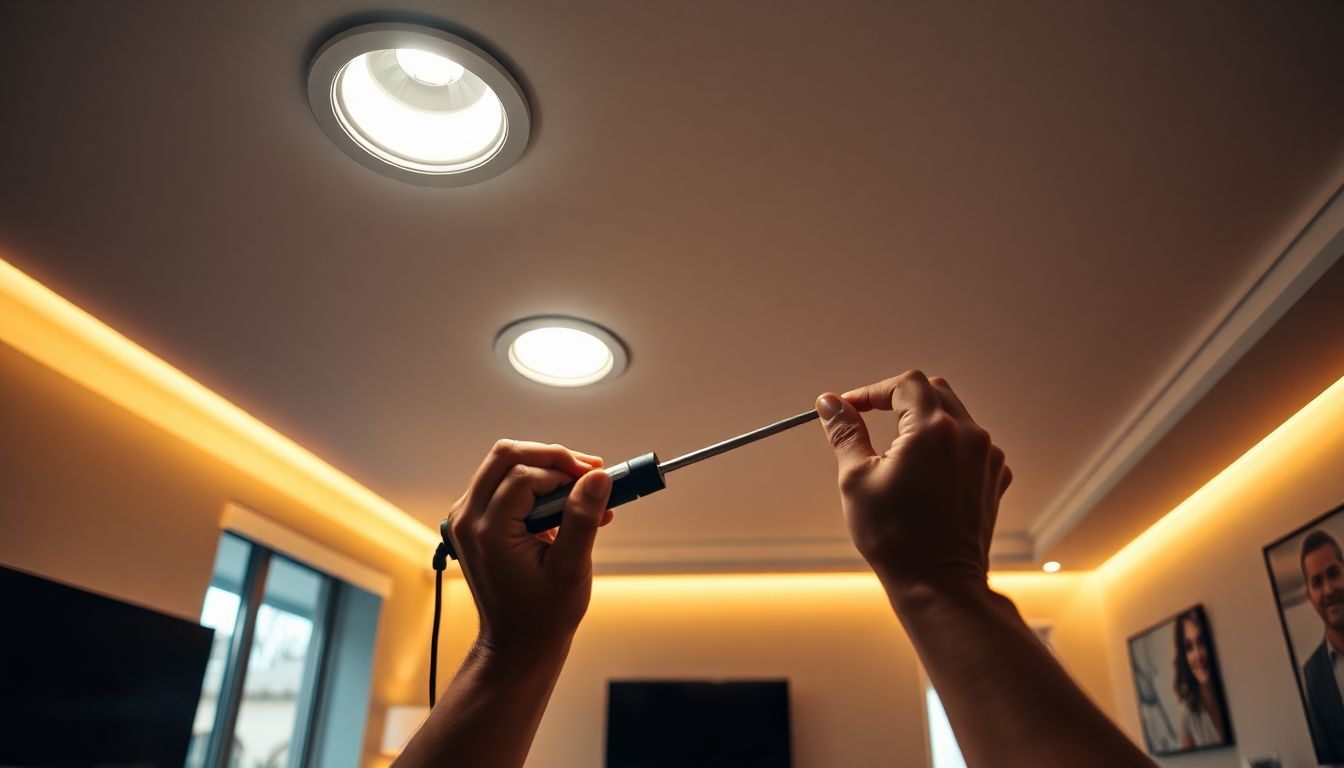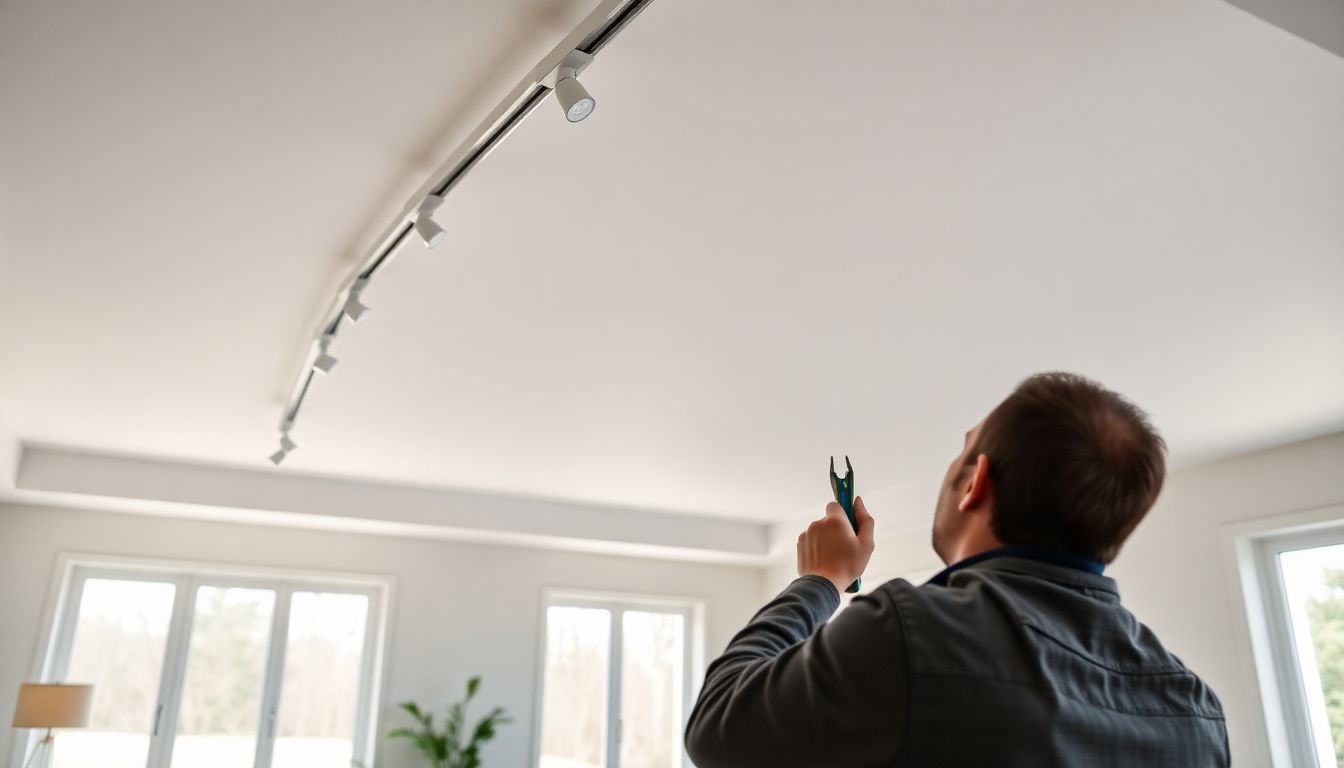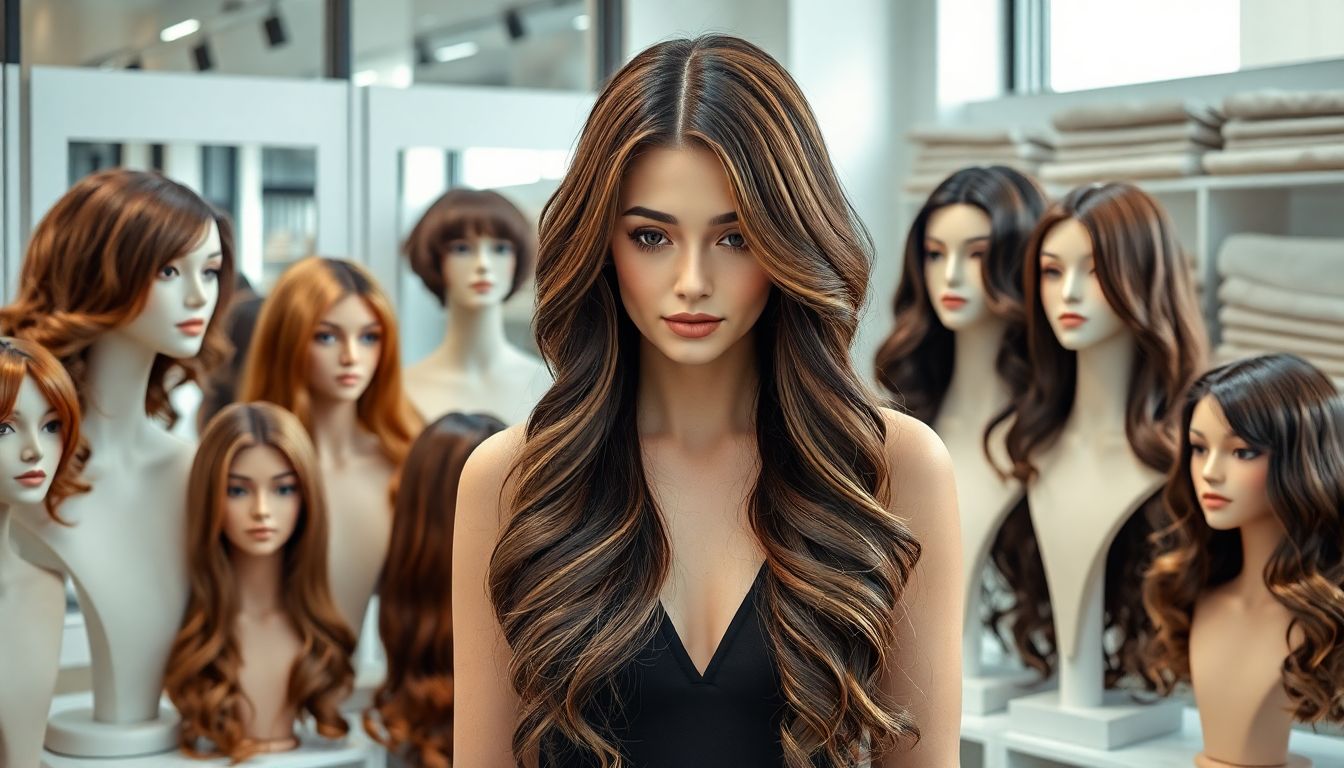
Creative Ways to Use Pendant Lights in Your Home
Introduction
Pendant lights have become a popular choice for homeowners who want style and function. Their versatility allows them to fit into many rooms, adding both brightness and personality. When used right, pendant lights can change the look and feel of a space completely. In this article, we’ll explore creative ways to integrate pendant lights into your home. You’ll get fresh ideas for decorating and practical tips on placement to make your spaces shine.
Enhancing Kitchen Spaces with Pendant Lights
Focused Task Lighting over Islands and Countertops
Pendant lights are perfect for task lighting. Select fixtures that hang directly over kitchen islands or counters. They help you see clearly while prepping food or washing dishes, reducing eye strain. To get the best light, place pendants about 30-36 inches above the countertop. This height helps avoid glare and keeps the space visually balanced.
Incorporating Pendant Clusters for Visual Impact
Group multiple pendant lights to create a stunning focal point. Think of a row of three or five pendants hanging across your island. Industrial-style lights with metal finishes work well for a modern look. Scandinavian interiors benefit from simple, clean-lined pendants in soft colors. Mixing sizes and shapes adds depth and interest, making your kitchen stand out.
Choosing the Right Pendant Style for Kitchen Decor
Match your pendant style with your cabinets and backsplash. For sleek white kitchens, matte black or brushed nickel fixtures offer a modern touch. Bright glass pendants can bring color and sparkle. When installing, hire a professional electrician. Proper wiring ensures safety and reliable operation.
Creating Elegant Dining Areas with Pendant Lights
Centerpiece Pendant Fixtures for Dining Tables
A well-chosen pendant can be the centerpiece of your dining room. Match the size of the fixture to your table—aim for a diameter that’s about half the width of the table. Styles vary from minimalist glass globes to intricate metal designs. The goal is to draw attention without overpowering the space.
Layered Lighting with Multiple Pendant Designs
Combine pendant lights with other sources of light for a layered effect. Use ambient lighting like ceiling flush mounts or recessed lights. Add accents with wall sconces or candles. This setup creates mood and ambiance, perfect for dinner parties or family evenings. High-end restaurants often use this trick to improve the dining experience.
Tips for Adjusting Pendant Heights for Perfect Dining Ambiance
Measure carefully when hanging pendants over a dining table. The ideal height is 30-36 inches above the surface. Too low, and they block views or cause glare. Too high, and they lose visual impact. Use adjustable cords or chains for flexibility and to fine-tune the look.
Using Pendant Lights as Decorative Statements in Living Rooms
Statement Pendant Fixtures as Art Pieces
Pendant lights can become art in your living room. Look for designs made from unusual materials like kinetic sculptures or colorful glass. These fixtures add personality and make a statement. For minimalist rooms, a single bold pendant can transform the space into something unique.
Overlapping Pendant Arrangements for Dynamic Visuals
Create patterns with overlapping pendants for a lively look. Try staggered heights or random groupings to add depth. When balancing scale, keep the size of fixtures proportional to the space. Too many large pendants can clutter, while too few small ones may not make enough impact.
Functional and Ambient Lighting Blends
Combine pendant lights with other lighting sources. Use floor lamps or table lamps to soften shadows and add warmth. Layered lighting helps set different moods, whether for relaxing or entertaining. Think of it as creating a lighting recipe for your day-to-night needs.
Innovative Uses of Pendant Lights in Hallways and Entrances
Pendant Lights as Guiding Beacons
Use pendant lights to guide guests into your home. Install fixtures along a corridor or entrance to add welcoming warmth. Choose smaller fixtures for narrow hallways. They add charm and help define the space without overwhelming it.
Symmetrical vs. Asymmetrical Arrangements
Symmetrical layouts work well for traditional or formal halls. Place pendants evenly on either side for balance. For a more modern look, try asymmetrical arrangements. Random placements add energy and interest, like an art gallery hallway.
Incorporating Pendant Lights with Mirrors and Wall Art
Pair pendant lights with mirrors or art to enhance the space. Mirrors reflect light and make narrow hallways seem larger. Wall art combined with thoughtful lighting elevates your decor. Coordinating fixtures with your wall decor creates a cohesive look.
Transforming Bedrooms with Pendant Lights
Pendant Lights as Reading Nooks
Hang pendants over bedside tables or cozy corners for reading. Choose fixtures with soft, warm light for a relaxing atmosphere. Dimmable options give control over brightness, perfect for winding down at night.
Installing Pendant Clusters as Ceiling Decor
Create a dreamy canopy effect by grouping pendants across a bedroom ceiling. Use different heights and styles for visual interest. Remember to have a professional handle electrical work. Proper height ensures safety and proper lighting coverage.
Using Pendant Lights for Ambiance and Mood Setting
Pick pendant lights with dimming features and adjustable color temperatures. Warm light fosters a romantic or calming mood. Cooler tones energize or brighten a space. Switch settings easily to match your mood or activity.
Conclusion
Pendant lights are more than just illumination—they’re key design elements. Used creatively, they can define kitchens, enhance dining rooms, add art to living spaces, and transform bedrooms into relaxing retreats. Careful placement and style choices make a big difference in both look and function. Always consider professional help to install lights safely and achieve your vision. With thoughtful planning, pendant lights will bring style and practicality to any corner of your home.



